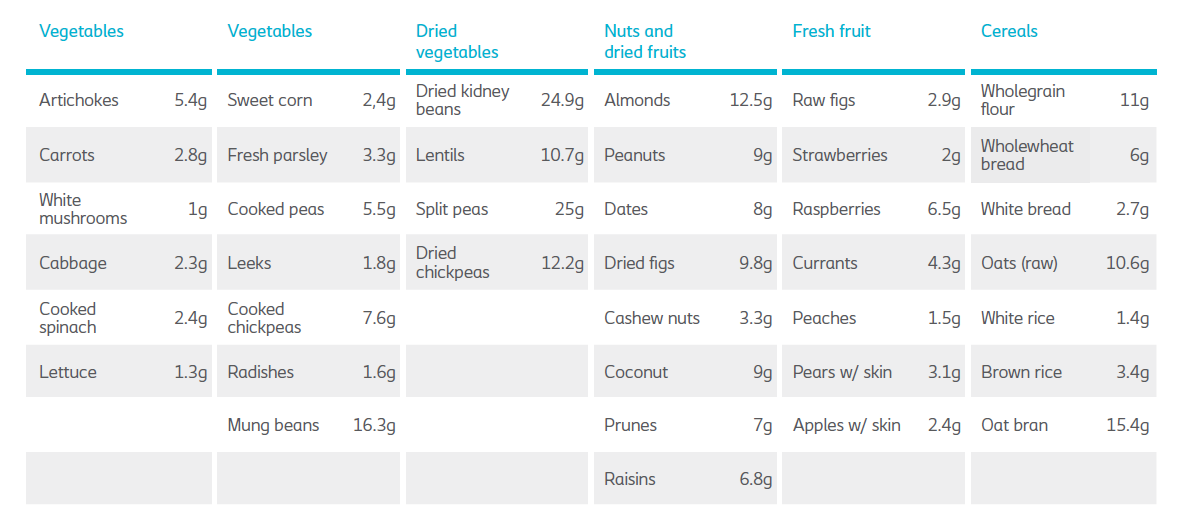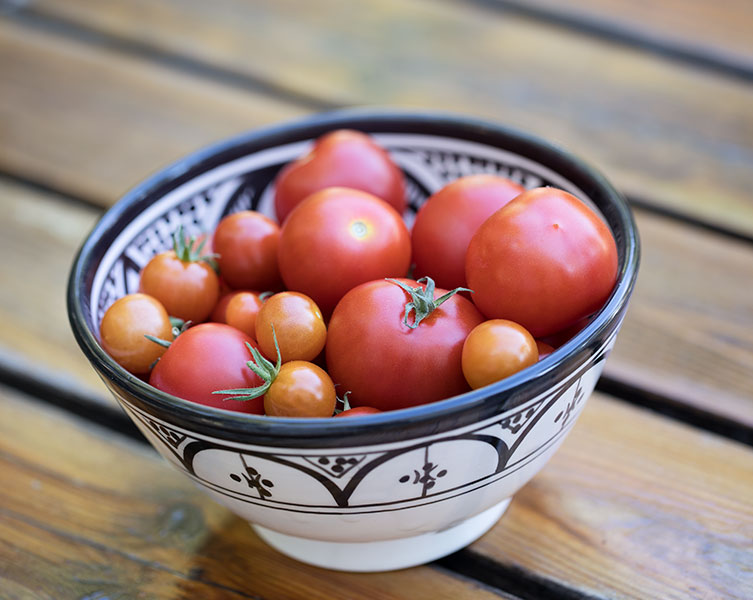How fluid and fibre can help you manage constipation
A balanced diet is one that includes portions from all the main food groups, so your body get the nutrients it needs to function correctly. However, if you’re suffering from constipation, you might need to pay special attention to fiber – and hydration. The combination of a fibre-rich diet and good hydration can increase your bowels’ peristaltic movements and have a positive effect on constipation by altering your stool consistency.
Unlike other food components such as fats and proteins, fibre can’t be digested or absorbed by your body. Instead, it passes relatively intact through your digestive system. This increases the volume of your stool (which in turn stimulates contractions in the colon) and helps your stool to retain water, making it softer and easier to pass.
Be aware that you should increase fibre in your diet gradually over a period of a few weeks. This allows the natural bacteria in your digestive system to adjust to the change. Adding too much fibre too quickly can lead to intestinal gas, abdominal bloating, cramping and diarrhoea.
How much fiber should you eat?
Fibre recommendations can differ based on gender, age and medical conditions. For many, finding the right amount of fibre will be a trial and error process. It’s important you discuss any changes in your fibre intake with your healthcare professional.
General recommendations in [insert country name] indicate that an adult should aim to consume 25-30 grams of fibre every day. A fibre intake of below 15 grams per day can be associated with constipation. There is some evidence that, for patients with neurogenic bowel dysfunction, a fibre intake above 20 grams per day can lead to prolonged transit time and
worsen constipation*. If you belong to this patient group, it’s important you seek guidance from your healthcare professional regarding the right amount of fibre for you.
Where do I find good fibre?
Fibre is found in food of plant origin such as fruit, vegetables (lentils and peas are especially rich), beans, seeds, wholegrain cereal and grains (wholegrain rice, pasta, bread, oats, and wheat). This table indicates the fibre content per 100 grams of food:

Maintain fluid intake
Some types of fibre retain water in your bowel, forming a gel-like material that makes your stool smoother and easier to pass. That’s why it’s important to maintain a sufficient fluid intake when eating a fibre-rich diet.
* Academy of Nutrition and Dietetics; Spinal Cord Injury (SCI) Evidence-Based Nutrition Practice Guideline.



